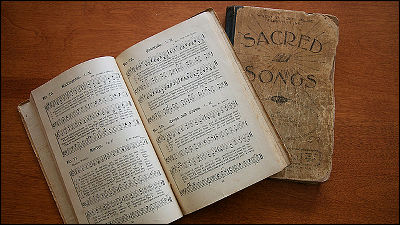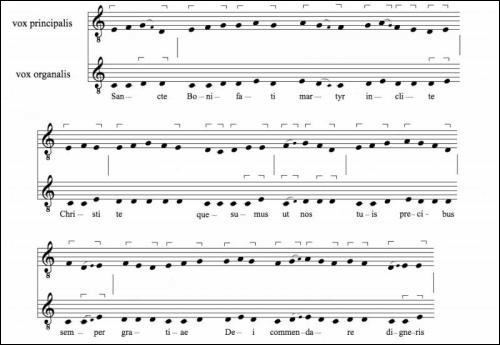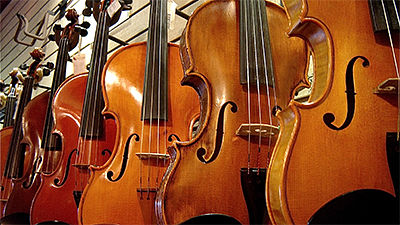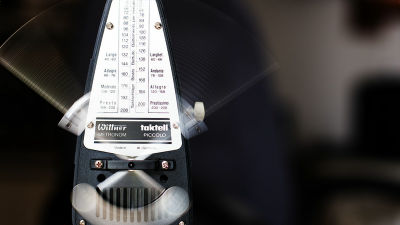The origin of polyphonic music and polyphony is revealed from the score accidentally found in the library

By pjbishop93
Who three important elements servants make up the music that is familiar is, has been and there are three of the 'melody (melody)', 'beat (rhythm),' 'chords (Harmony)'. Of these, more than one melody make up one of the music polyphonic music (polyphony) is I had been a relatively new that began in around the 9th century, the United Kingdom, the British Library from accidentally found documents in the prior art It has become clear that polyphony began to be used more than 100 years before the theory.
Chance discovery casts new light on origins of polyphonic music | Music | The Guardian
http://www.theguardian.com/music/2014/dec/17/polyphonic-music-fragment-origins-rewritten
Discovered: 1,000-Year-Old Manuscript Is The Earliest Known Piece Of Polyphonic Music --Dedicated To Boniface, Patron Saint Of Germany --MessageToEagle.com
http://www.messagetoeagle.com/polyphonicmusicmanuscript.php#.VJRiQsDs
There are various theories about the history of polyphony , and it is said that there are many unclear points because it occurred in various parts of the world, but the oldest surviving material is Winchester Cathedral, England around 1000 AD. The collection of two-voice music ' Winchester Troper ' written for is considered to be the oldest.
Meanwhile, Giovanni Valelli, a graduate student at St. John's College in the United States who works as an intern at the British Library, discovered materials that are older than before. Valelli is an expert in old-fashioned notation, but one day when he saw a manuscript of a saint's portrait in the British Library around 900 AD, the page I happened to discover that the score was written at the bottom. Furthermore, he found out that it was a polyphonic chorus.
Here is the score. It is written in a notation called 'Eastern Palaeofrankish ', which is completely different from the 'staff notation' widely used in modern times, and it is understandable that it could not be read by anyone other than expert Valelli.

This movie is a song reproduced based on this score. It does not simply put 3rd and 5th chords on the main tune, but it seems to be characterized by an independent but intertwined melody line. You can feel the atmosphere of Gregorian chant , which is said to have had a great influence on the occurrence of polyphony.
Antiphon to St Boniface-YouTube
In addition, here is a rewritten score that is similar to the modern 5-line score. It is difficult to understand the length of the sound because there are no vertical lines for the notes, but you may be able to understand the intention by watching the movie.

The details of the old sheet music found and its composer are unknown, but inferring from the above-mentioned notation 'Eastern Palaeofrankish', it was composed in what is now called a monastery near Düsseldorf in northwestern Germany. It is believed that it may be. Also, the content of the song seems to support the theory that it is a tribute to St. Boniface , a missionary and martyr who introduced Christianity to the Frankish kingdom in the 8th century.
With this discovery, the origin of polyphony is likely to be around 900 AD, which goes back 100 years from 'Winchester Troper' around 1000 AD. Speaking of around 900 AD, it was in the middle of the Heian period in Japan, and considering that it was the time when the Taketori story of 'Princess Kaguya' was written, the difference between Japanese and Western cultures was very interesting. that's right.
Related Posts:
in Art, Posted by darkhorse_log







